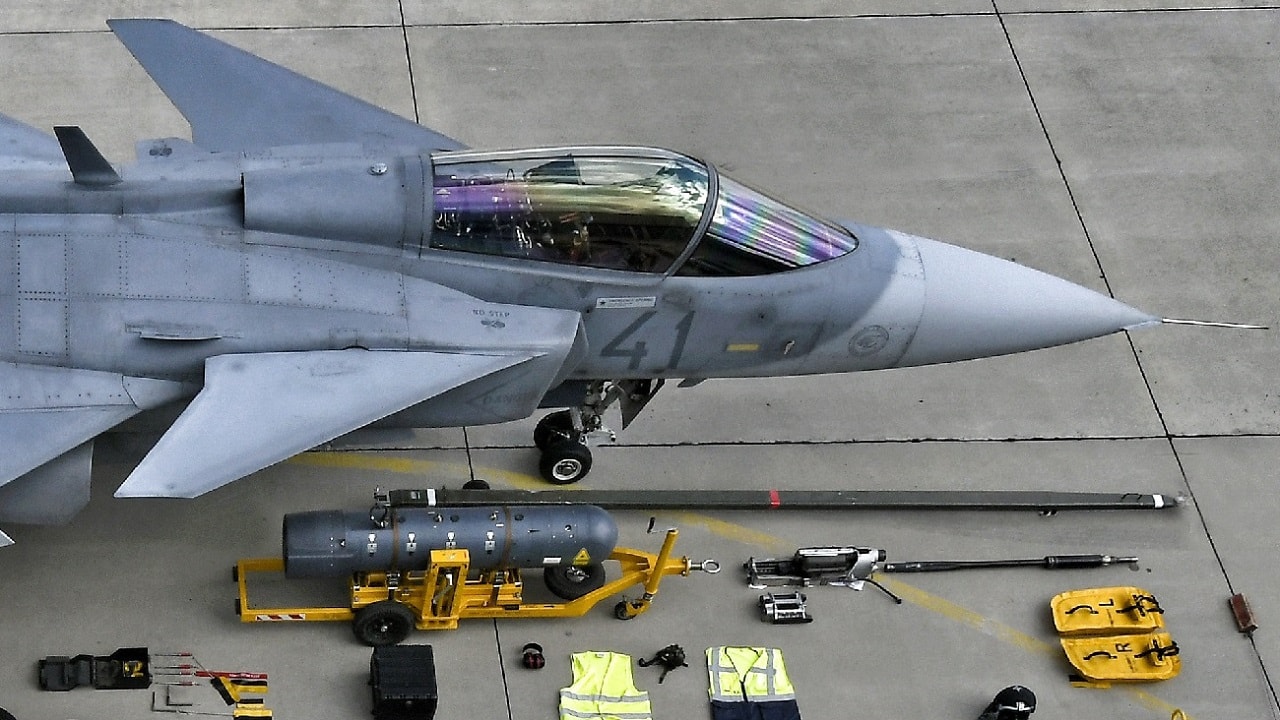Key Points – Canada has a big choice to make: dump the F-35 or not? And while the F-35’s stealth capabilities are amazing, some point out that the JAS 39 Gripen could be a great replacement. We already know it can fight Chinese warplanes, which is a big reason Ottawa should consider it.
The JAS 39 Gripen
Air forces equipped with Western fighter aircraft frequently conduct exercises among multiple friendly or allied nations. The chances for these pilots to engage with pilots flying aircraft of Russian or Chinese origin, however, are rare.
One of those rare occurrences took place in November 2015 and saw Russian-made Sukhoi Su-27SK/J-11A aircraft of the People’s Liberation Army Air Force (PLAAF) train with the 701 Fighter Squadron of the Royal Thai Air Force (RTAF). The Thai squadron operated eight Saab JAS-39C and four JAS-39D Gripens.
The outcome of these engagements—a set of exercises dubbed Falcon Strike 2015—was not revealed until early December 2019. The revelations were highly unusual in that the PLA is notoriously secretive.
JAS 39 Gripen’s Western Technology Wins the Day
The outcome of the Gripen-versus-Flanker engagements was eventually revealed by a heavily decorated PLAAF fighter pilot, Senior Colonel Li Chunghua Hua, who presented the detailed engagement results at China’s Northwestern Polytechnical University in Xian, Shaanxi Province.
Li is a highly experienced aviator with more than 3,200 hours of flight time at the date of his lecture. Much of his time in fast-movers is with the Russian-made Sukhoi, making him one of the PLAAF’s premiere experts on the aircraft.
His overall revelations showed that the technology of the JAS-39C/D, which is the predecessor model to the current and significantly more capable JAS-39E/F, was still far superior to the Sukhoi, particularly in beyond visual range (BVR) engagements.
The JAS-39C/D had its least impressive results against the Su-27SK inside the visual-range envelope. During the two days of exercises, PLAAF pilots shot down 25 Gripens while losing only one Su-27.
There are reasons for those lopsided losses. One is the Su-27SK’s two higher-thrust AL-31F engines, which offer better maneuvering. Another is that inside of that IR-guided-missile envelope, the RTAF Gripens were equipped with older-generation AIM-9L Sidewinders, instead of the current-generation Diehl IRIS-T missile, which they have since received.
Perhaps most important, the RTAF pilots were told to more or less not engage with the PLAAF aircraft at close range, so as not to show any maneuvers that would educate the Chinese force on the Gripen’s performance. The order was to just let themselves be shot down.
Going BVR in JAS 39 Gripen Fighter
This all changed when the exercise switched to BVR combat.
The results demonstrated that even the older JAS-39C/D Ericsson PS-05/A radar was superior to the Sukhoi’s NIIP N001. The Swedish aircraft shot down 41 Su-27SKs over a period of four days, with a loss of only nine JAS-39s.
The Su-27SKs flown by the PLAAF were operating with a version of the NIIP N001 radar that was modified to fire the Vympel RVV-AE active-homing air-to-air missile (AAM). But this radar’s effective detection range is only 120 kilometers, in comparison with the JAS-39’s PS-05/A at 160 km. The Gripen’s Raytheon AIM-120 AAM active-homing missile also had a superior intercept range at 80 km, versus only 50 km for the Russian weapon.
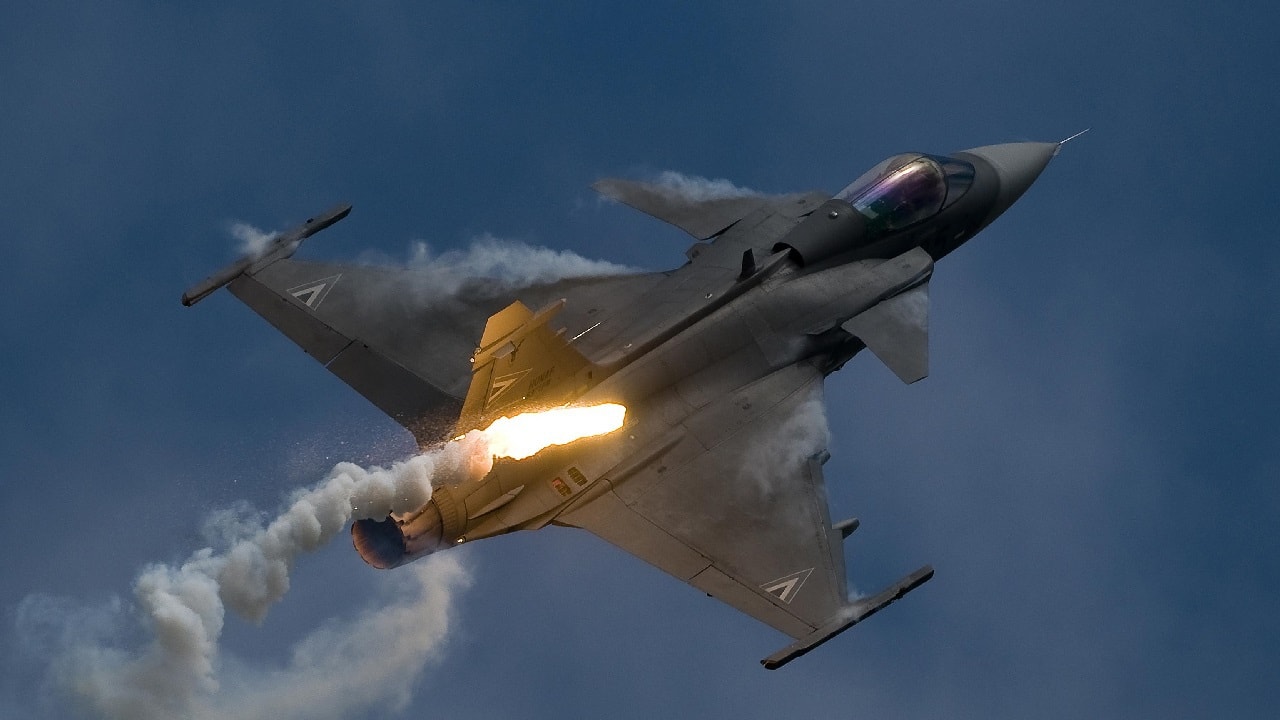
Sweden’s JAS 39. Image Credit: Creative Commons.
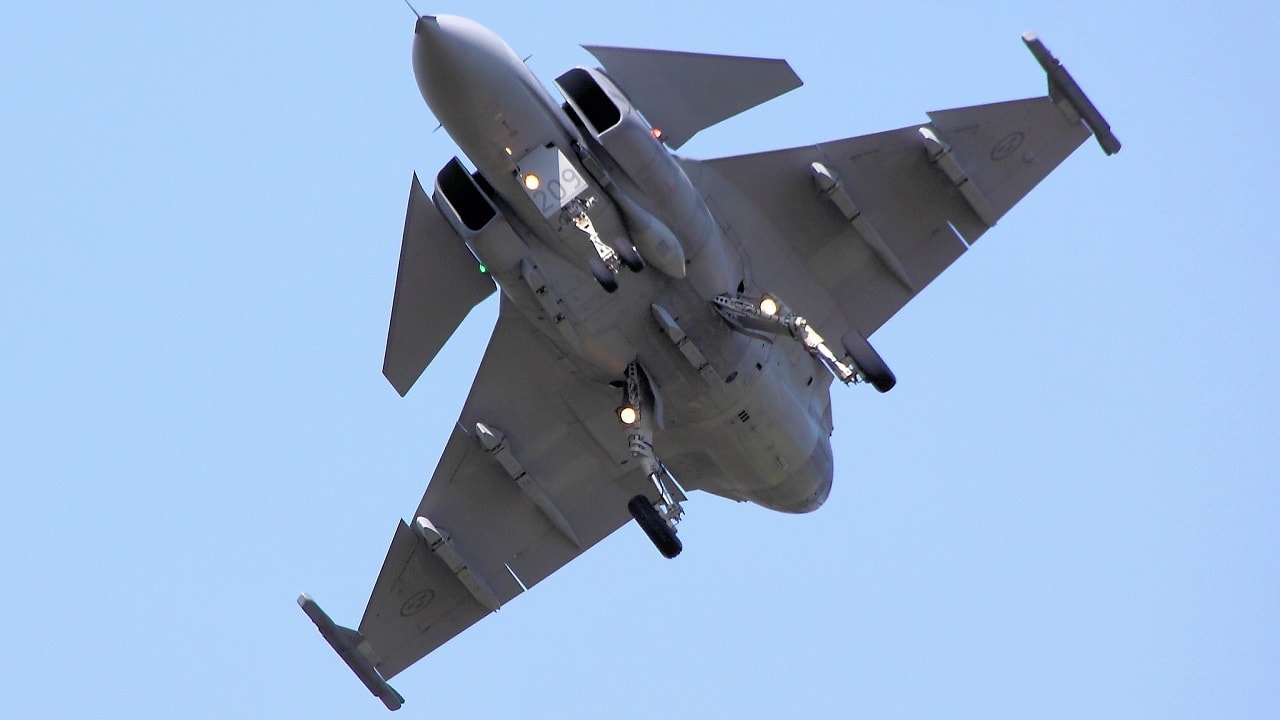
JAS 39 fighter. Image Credit: Creative Commons.
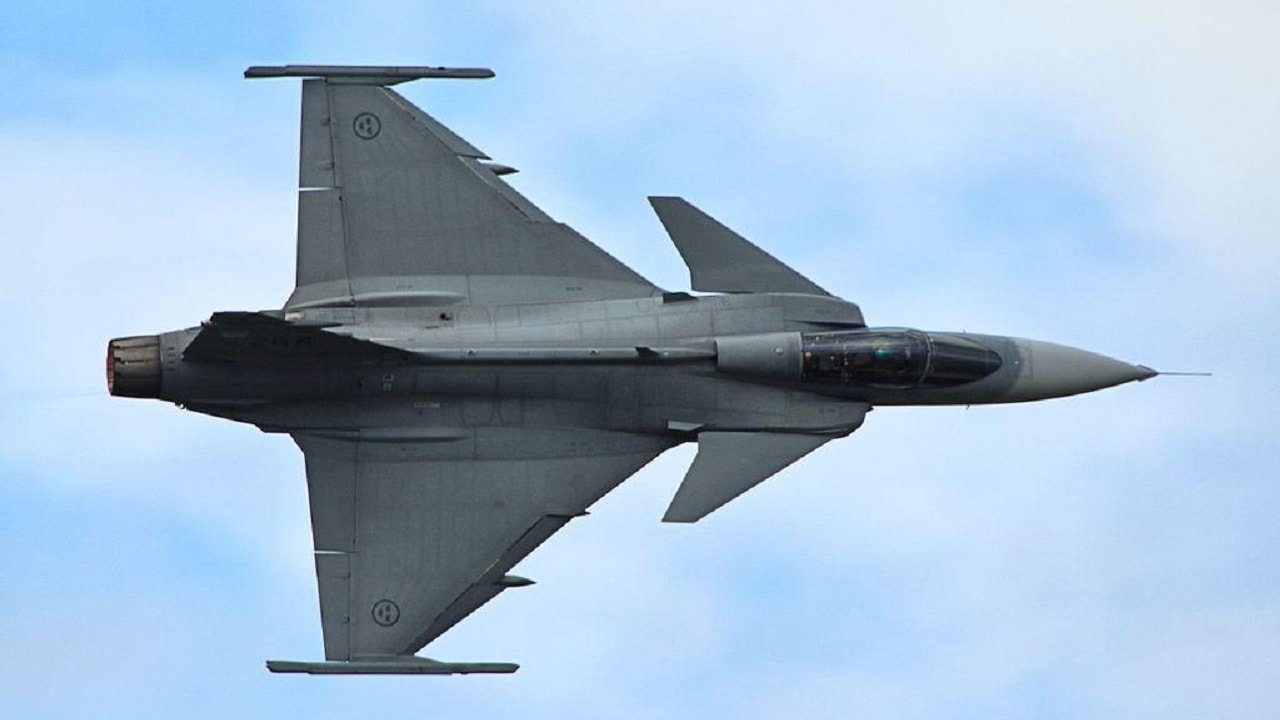
JAS 39 Gripen. Image Credit: Creative Commons.
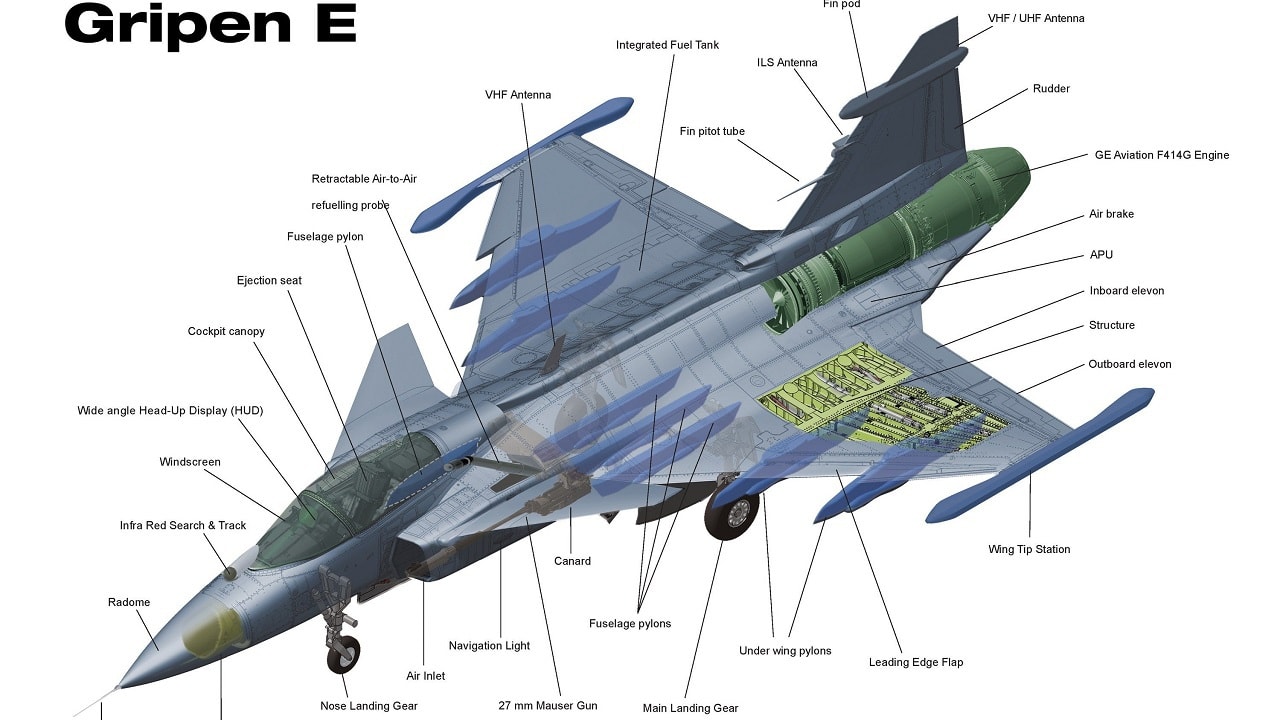
JAS 39 Gripen. Image Credit: Creative Commons.
In his briefing, Li stated that the JAS-39C/D’s much smaller radar cross-section, at 1.5-2.0 square meters, was another major factor. The much larger Su-27 is easier to detect at 12 square meters. The JAS-39 can also ripple-fire up to four AIM-120s simultaneously, but the Su-27 can fire only one RVV-AE at a time.
The JAS-39C/D chalked up 88 percent of its kills at 19 miles or more, while the Su-27 had just 14 percent of its kills at this range. The RTAF aircraft also had 10 kills at a distance of more than 31 miles, compared with zero long-distance kills by the Su-27.
Everything Was Leaking
Why did a senior PLAAF officer give a briefing at a prestigious university and deliver a message of “we went up against the Gripens and got skunked”? One motivation was to reveal the poor performance of the Su-27SK in combat exercises. The PLAAF now has more modern models in their inventory, such as the Russian Su-35 and the Chengdu J-20, so if the same exercise were run today, the results might be different.
But U.S. and other NATO-nation intelligence specialists at the time stated his lecture revealed increasing anxieties within the PLA officer corps regarding deficiencies in the training regime for PLAAF pilots.
Similar concerns are behind a recent scandal. It was revealed that a privately owned flying academy based in South Africa was hiring experienced Western pilots to teach PLAAF student aviators. The Western pilots had insight and skills that the PLAAF was not able to teach to its newly recruited airmen.
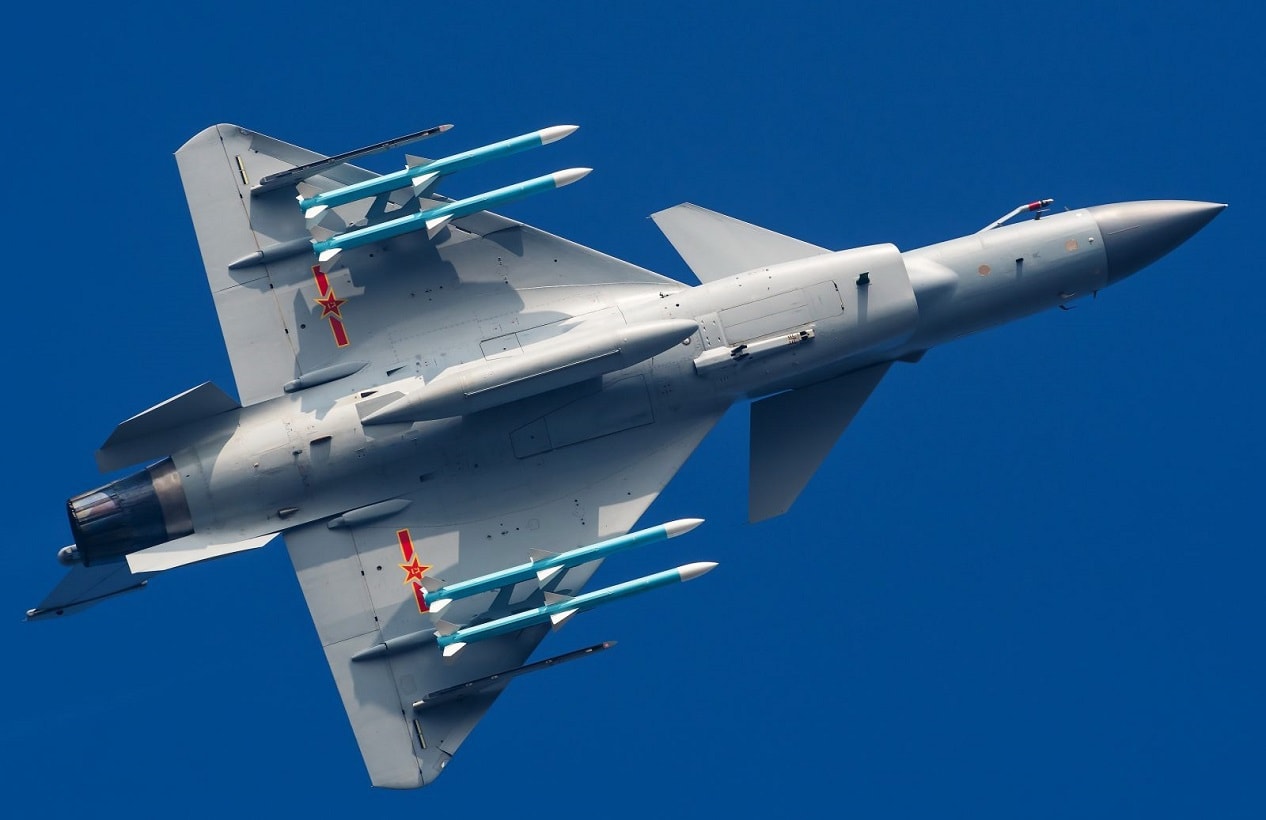
J-10 fighter from Chinese Air Force (PLAAF).
However, the activity was illegal according to the laws of several of the instructor pilots’ home nations, and sanctions against the companies involved were announced last month.
Subsequent exercises between the RTAF and PLAAF have been conducted since, with Beijing sending a more advanced aircraft to the event. This aircraft, the Chengdu J-10C, supposedly scored better during these exercises, but while still flying against the older JAS-39C/D.
In an engagement with the current-generation JAS-39E/F there would likely be another “uneven set of results” said one retired NATO-nation intelligence officer who spoke to 19FortyFive: “Sending a better aircraft to be used in the exercise helps, but until you actually trust your pilots with the level of autonomy granted to Western air forces, your results are still going to be disappointing.”
About the Author:
Reuben F. Johnson is a survivor of the February 2022 Russian invasion of Ukraine and is an Expert on Foreign Military Affairs with the Fundacja im. Kazimierza Pułaskiego in Warsaw. He has been a consultant to the Pentagon, several NATO governments and the Australian government in the fields of defense technology and weapon systems design. Over the past 30 years he has resided in and reported from Russia, Ukraine, Poland, Brazil, the People’s Republic of China and Australia.

